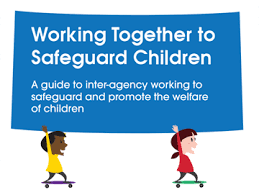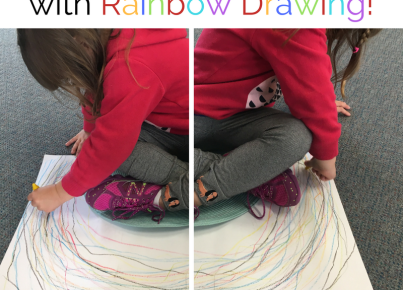Introduction
The protection and welfare of children is of paramount importance to society. In 2010, the UK government published a guidance document titled “Working Together to Safeguard Children.” This article aims to provide an overview of the key points of this guidance, highlighting its purpose and intended impact on the well-being of children within the UK.
Purpose of the Guidance
The 2010 “Working Together to Safeguard Children” guidance was designed as a tool for all organizations, agencies, and professionals whose work involves children. It aimed to provide clear, concise information and guidelines on how these organizations can effectively work together to ensure that the needs and safety of children are prioritized.
Key Principles
The guidance highlighted several key principles that should underpin all efforts taken by individuals and organizations to safeguard children. These include:
1. Child-centered approach: Ensuring that child welfare is at the heart of all strategies and services.
2. Coordinated response: Encouraging collaboration and communication between different agencies involved in protecting a child.
3. Clear accountability: Ensuring transparency in decision-making processes and holding individuals and organizations responsible for their actions.
4. Early identification: Recognizing potential risks as soon as possible to take preventative measures.
5. Confidentiality: Maintaining the privacy of individual children and their families while ensuring the exchange of necessary information between professionals.
Key Components of the Guidance
There are several components laid down in the guidance document aimed at promoting inter-agency cooperation, streamlining services, and establishing effective protocols for safeguarding children:
1. Set up Local Safeguarding Children Boards (LSCBs) to foster collaboration, promote best practices, and coordinate services.
2. Establish clear guidelines for referral processes to ensure timely intervention.
3. Develop comprehensive inter-agency assessments considering all aspects of a child’s welfare.
4. Design tailored programs such as early help, targeted support, and specialist services to meet unique needs.
5. Provide a framework for professionals to share information while maintaining confidentiality.
Impact of the Guidance
Since the publication of “Working Together to Safeguard Children” in 2010, there has been a marked improvement in the level of cooperation between agencies. This guidance has effectively shaped the landscape of child protection in the UK by promoting communication between professionals, streamlining processes and ensuring a more cohesive approach.
Conclusion
The “Working Together to Safeguard Children” 2010 guidance has served as a valuable instrument for all organizations, agencies, and professionals involved in the protection of children’s well-being. Through its principles and components, it has created an environment that fosters improved communication and collaboration between different parties. By emphasizing early identification, support services, and transparent accountability, this guidance will continue to shape future efforts in ensuring every child is protected and supported.




